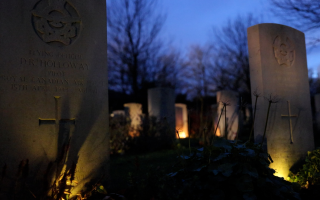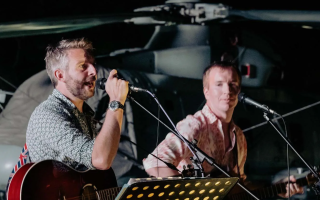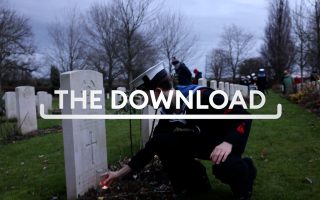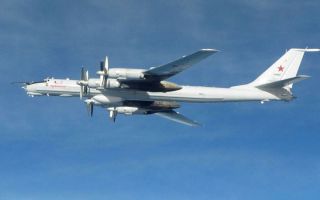Defending a Nato member: How the Allied Reaction Force keeps allies safe
Nato's Allied Reaction Force is conducting large-scale defensive drills in Romania, demonstrating the alliance's ability to respond swiftly to an emerging threat.
Exercise Steadfast Dart marks the first major deployment of the ARF as Nato forces test their ability to scramble their capabilities across sea, air and land.
The exercise comes as armed forces worldwide study the war in Ukraine, adapting to lessons in modern conflict - from fast air operations and special forces tactics to trench warfare in sub-zero conditions.
With 10,000 multinational personnel deployed at short notice, the ARF serves as the tip of the spear, capable of reinforcing up to 300,000 troops if required.
The UK's 1st Division is leading the land component, arriving by ferry to simulate the movement of forces across Nato's borders.
The training takes place just 16 miles from Ukraine's border, in a region shaped by the ongoing war.
Lieutenant Colonel Gordon Muir, Commanding Officer of 4 Scots, said the location provides a vital test for the alliance's logistics and deployment capabilities.
"This location just gives us that distance and that little bit of more complication to show that our logistics chain, our ability to deploy strategically and operationally works," he explained.
He pointed out how the ARF had been established as Nato's first responder in the event of any crisis, with the exercise serving as the culmination of over a year's work to ensure "we're ready to go".
Troops are training in environments designed to replicate real-world urban combat.
Lt Col Muir noted that forces are learning to administer themselves in harsh conditions, staying in mock towns overnight to simulate an operational deployment.
"[We've] got several change complexes constructed on this training area. It gives our troops a really great example of what life may be like," he said.
Troops are also adopting lessons from Ukraine, including the use of ghillie suits to improve concealment and reduce their heat signature - a tactic being refined with Spanish and French allies.
As the war in Ukraine becomes one of attrition, Nato recognises the need to not only deploy forces, but sustain them.
The exercise focuses on the role of combat medics, who are training to treat wounded personnel in the field rather than sending them home.
Lance Corporal Adam Peete-Harrison of 3 Medical Regiment described the importance of the Wolfhound armoured ambulance, which plays a key role in frontline casualty evacuation.
"We'd look to punch out, collect a patient from a non-permissive environment, hence all the armour, and pull them back to a safer sort of semi-permissive environment," said the NCO.
At the medical reception station, Nato medics operate what Staff Sergeant Samantha Ferguson described as a mini emergency department, equipped to handle trauma and emergency cases.
"We have two stretchers where we can see two patients. This can be scaled up to four patients if there's a mass casualty as well," she told BFBS Forces News.
Multiple nations
Steadfast Dart spans Bulgaria and Greece as well as Romania, ensuring Nato forces can mobilise rapidly across multiple nations.
Lieutenant General Lorenzo D'Addario, the Italian officer leading the ARF, said deployment times vary based on mission needs.
"Some elements of this can be deployed faster than others at a very short time. And it also depends on where you have to go," he said.
"Suddenly, when Nato perceives that there is a threat or a crisis to prevent, this is where they would be most likely looking at the ARF."









